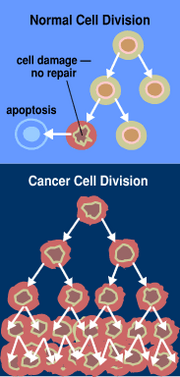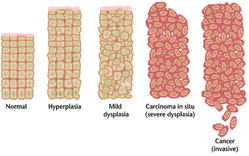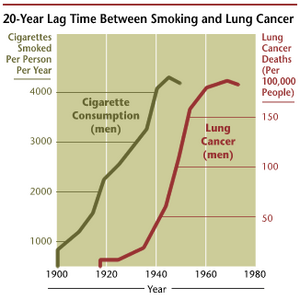For about a year, Denise Roberts noticed something was wrong with her body. "I was fatigued, I had dark circles appearing under my eyes that couldn't be covered with makeup and my hair was coming out in handfuls," says the California resident. Her grandmother had died of breast-cancer after having a mastectomy; her brother died from leukemia and her aunt was a 17-year breast-cancer survivor.
She decided to get a mammogram. Doctors noticed an abnormality and did a biopsy, but later told her everything was fine. Roberts' husband, an orthopedic surgeon, was worried and decided to get a second opinion. "That second opinion literally saved my life," says Roberts, founder and president of The Denise Roberts Breast Cancer Foundation.
The results showed that Roberts did indeed have breast cancer in her right breast. Today, she's an 18-year breast-cancer survivor.
For many women, just hearing the words "breast cancer" evokes strong emotions--mainly fear. More than 19,000 new cases of breast cancer are expected to occur among African-American women this year, according to the American Cancer Society. Breast cancer is the second most common cause of cancer-related death among Black women, surpassed only by lung cancer, according to the American Cancer Society. Studies suggest that Black women die at a greater rate because oftentimes detection occurs later when tumors are in more advanced stages, thus limiting treatment options.
Doctors say the key to battling breast cancer is early detection. Experts recommend that women 40 years and older get a mammogram and have a clinical breast examination once a year. Women between ages 20-39 are encouraged to conduct breast self-exams as well as get a clinical breast examination every three years. Younger Black women need to be particularly aware of the disease, says Roberts. The incidence of breast cancer among Black women under 40 is higher than that of White women, according to the American Cancer Society. "We are fighting every day in this foundation to get the rules changed about taking care of women under the age of 40," says Roberts. "There are all kinds of programs that will pay for Sisters, 40 and over, who don't have insurance, but there are maybe one or two [for Black women under 40]."
One group of researchers from the Los Angeles Biomedical Research Institute at Harbor-UCLA Medical Center looked at the link between ethnicity and breast cancer and found that one reason the mortality rate is so high is because of the differences in risk factors and biological makeup in Black women. The researchers discovered that more White women tend to get breast cancer because they are more likely to drink alcohol or use hormone-replacement therapy, both which increase a woman's risk of developing the disease. Researchers also examined tumor characteristics and discovered that it was more common for Black women to have high-grade aggressive tumors and tumors without estrogen receptors. Those types of tumors are more difficult to treat. African-American women also tend to have different mutations in the BRCA1 and BRCA2 genes (short for breast cancer 1 and breast cancer 2). Both genes work to suppress tumors, but when there is a mutation, the genes don't properly suppress cancer or abnormal growth.
In another study, researchers at Columbia University have discovered that substantial weight gain, especially after age 50 can increase a woman's risk of developing breast cancer. The study looked at nearly 2,000 women, some with and some without breast cancer, and women age 50 and older who gained 25 pounds or more were 62 percent more likely to develop breast cancer. The study also showed that women over the age of 20 who gained more than 33 pounds had a 60 percent greater risk of developing breast cancer, compared to women over 20 who maintained a stable weight.
According to the researchers, there is a link between breast cancer and weight because excess body fat may elevate estrogen levels. It is believed that both estrogen and progesterone can fuel the growth of some breast tumors.
While simply thinking about breast cancer may be frightening, Black women, both young and older, should continue to educate themselves about the disease, advises Roberts. "We're still looked upon as women of color, and we're not a priority unless we make ourselves a priority," she says. "What every Sister has to understand if those words come back 'you have breast cancer' is don't go in the space of 'I'm going to die.' Go into that space of 'I've got to fight, and let me find people that will help me.'"
COPYRIGHT 2005 Johnson Publishing Co.
COPYRIGHT 2005 Gale Group




